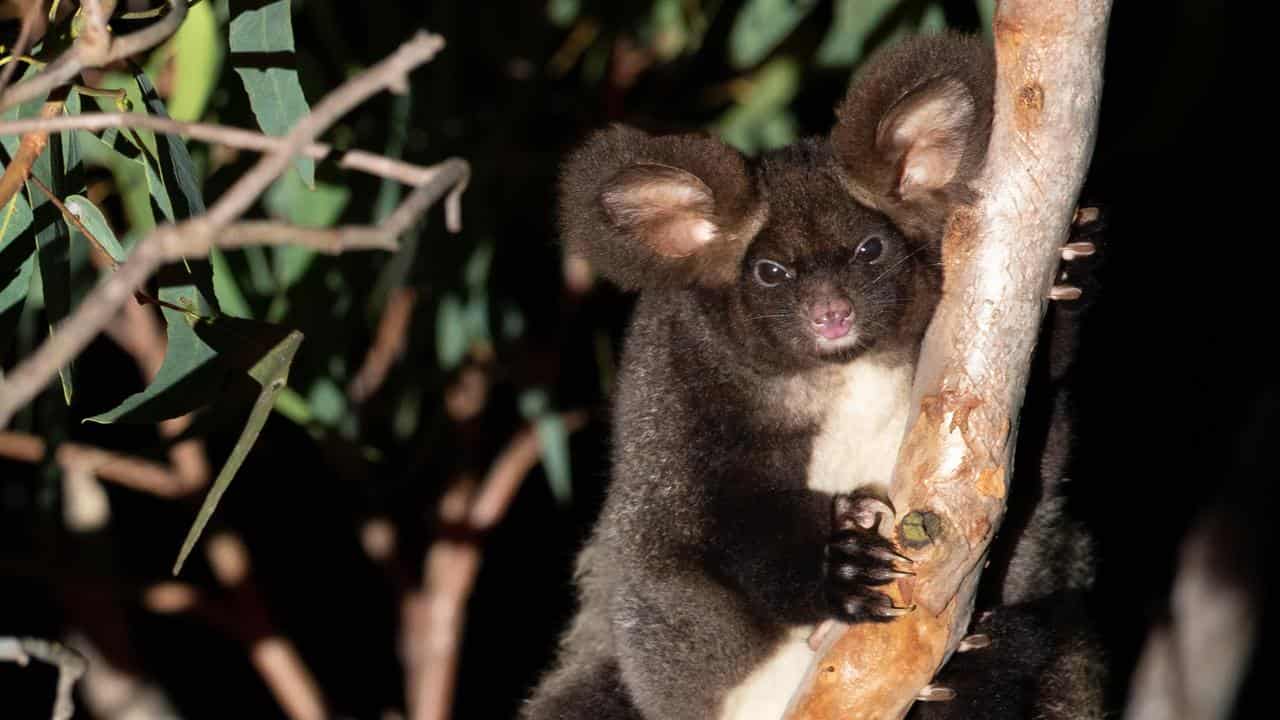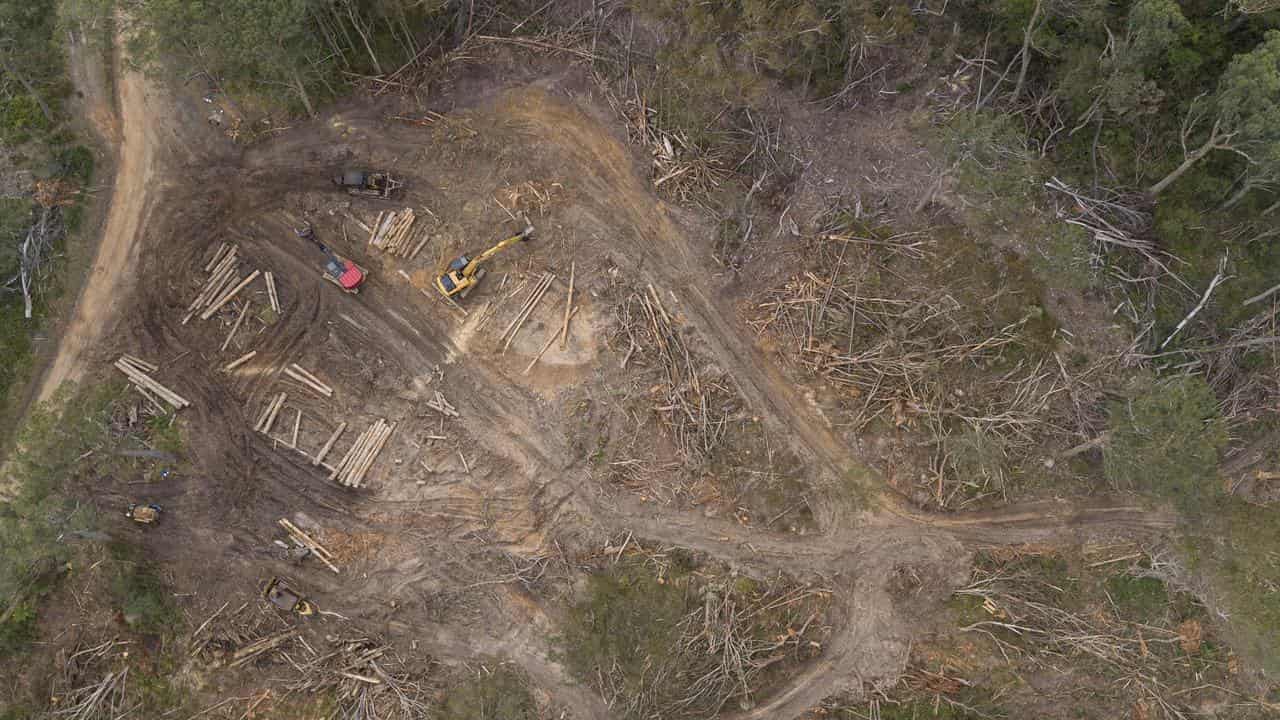
A conservation group has gone to court in a bid to halt logging in more NSW forests where vulnerable and endangered species live.
The government-owned Forestry Corporation of NSW is already in hot water with the environmental watchdog.
The Environment Protection Authority (EPA) has repeatedly extended stop-work orders in the Tallaganda and Flat Rock state forests, alleging the corporation failed to competently look for habitat trees used by endangered species before harvesting began.
Now the South East Forest Rescue (SEFR) group has launched court action in a bid to expand the list of forests where harvesting is banned until "adequate" surveys are done for imperilled species including the greater glider.
"SEFR is seeking an injunction that the Forestry Corporation be permanently restrained from logging anywhere in the north east or south east forests unless they conduct effective surveys for gliders," the group says.
"SEFR’s position is that the Forestry Corporation is breaking the law by not performing adequate surveys for den trees, and necessary exclusion zones around den trees are not being implemented."

The matter will be heard in the NSW Land and Environment Court on Tuesday.
The Forestry Corporation has voluntarily agreed to suspend harvesting operations in parts of seven state forests, pending Tuesday's hearing.
It says it's working to improve the way it looks for important habitat trees before harvesting commences.
"Forestry Corporation continues to work with the EPA on new approaches to surveys and searches for Greater Glider dens and fully cooperates with the EPA, as the body responsible for monitoring and enforcing compliance of forestry operations in NSW," it told AAP in a statement.
Late last year, EPA chief executive Tony Chappel said changes were being made to improve how Forestry Corporation looks for threatened species habitat.
His comments followed the corporation's revelations it conducted pre-harvest surveys for den trees in Tallaganda during the day, when nocturnal greater gliders would have been asleep.
The corporation identified just one den tree in use by a glider. The EPA later did its own work and easily identified 20 in areas earmarked for harvesting.
The EPA later said it was "not confident" habitat surveys had been adequately conducted.

It's a similar situation in the Flat Rock state forest.
EPA officers went to Flat Rock in November, after receiving a complaint from South East Forest Rescue members, who went to the area to do their own den tree search.
They said no den trees were recorded by the Forestry Corporation but they spotted a greater glider leaving what appeared to be a hollow-bearing den tree.
When the EPA officers arrived, they also identified what appeared to be a greater glider den tree within 30m of logging.
The watchdog later alleged the corporation had not conducted the detailed and thorough searches necessary to identify all greater glider and yellow-bellied glider den trees in the harvest area.









